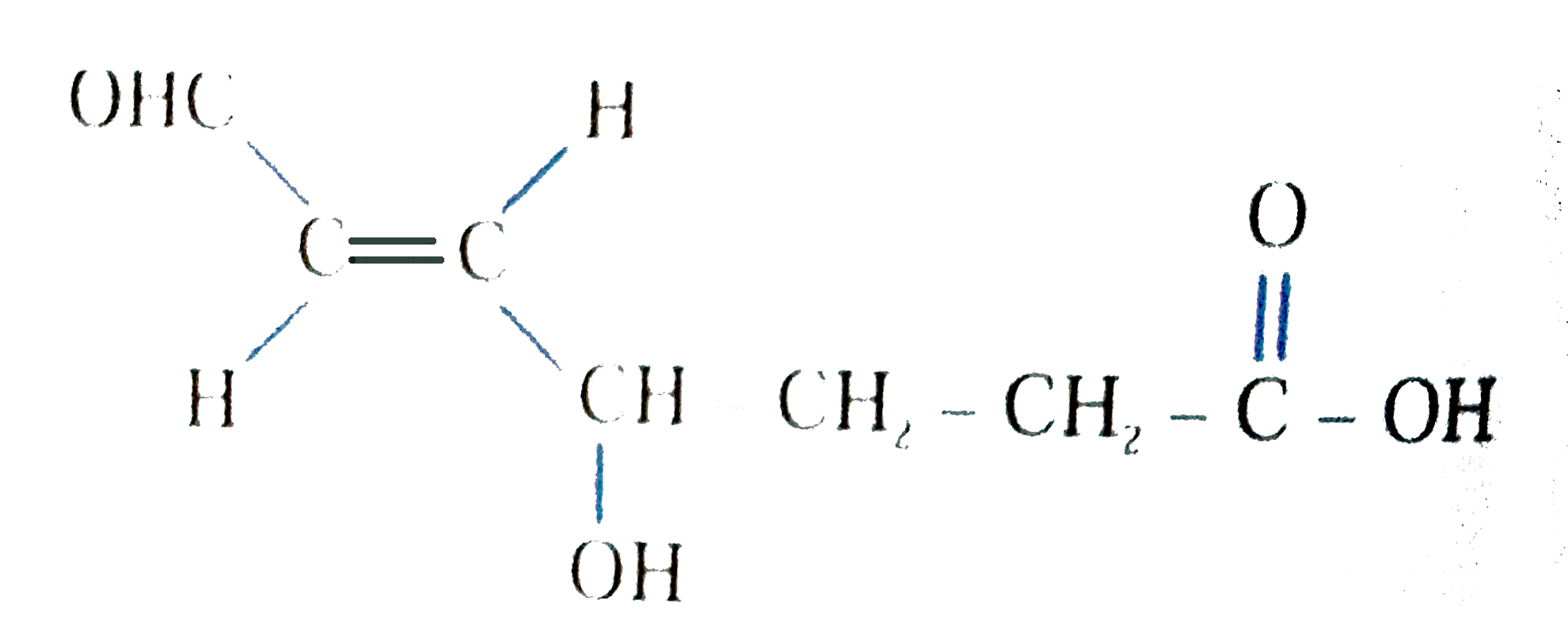
Half-life is independent on concentration of A. After 10 minutes volume of N2 gas is 10 L and after completion of reaction 50 L. Hence, rate constant is :
2.30310log5−1min
2.30310log1.25−1min
2.30310log2−1min
2.30310log4−1min
The correct Answer is:B
T50 is independent of concentration of A. Hence, first-order reaction.
A→N2(g)
Att=0a0At timet(a−x)x=10L
At complete
At complete reaction(a−a)a=50l
∴(a−x)=40L
∴k=2.30310log5040=2.30310log1.25−1min
Topper's Solved these Questions
- CHEMICAL KINETICS BOOK - NARAYNACHAPTER - CHEMICAL KINETICS EXERCISE - EXERCISE -2 (H.W) (HALF LIFE)
13 Videos
- CHEMICAL KINETICS BOOK - NARAYNACHAPTER - CHEMICAL KINETICS EXERCISE - EXERCISE -2 (H.W) COLLISION THEORY
7 Videos
- CHEMICAL KINETICS BOOK - NARAYNACHAPTER - CHEMICAL KINETICS EXERCISE - EXERCISE -2 (H.W) (RATE OF REACTION & FACTORS)
19 Videos
- CARBOXYLIC ACIDBOOK - NARAYNACHAPTER - CARBOXYLIC ACIDEXERCISE - All Questions
288 Videos
- CHEMISTRY IN EVERYDAY LIFEBOOK - NARAYNACHAPTER - CHEMISTRY IN EVERYDAY LIFEEXERCISE - ASSERTION & REASON TYPE QUESTIONS
10 Videos
Similar Questions
The half life for the reaction N2O5⇔2NO2+12O2 in 24hr at 30∘C. Starting with 10g of N2O5 how many grams of N2O5 will remain after a period of 96 hours ?
View SolutionThe reaction A→C has activation energy for the forward and the backward reaction has 25 kJ and 32 KJ respectively. The ΔH for the reaction is
View SolutionFor a reaction, Ea=0andk=3.2×104s−1 at 300K. The value of k at 310K would be
View SolutionProvide IUPAC name of the compound given below.

View Solution(A) Analgesics bring down body temperature during high fever.
(R ) Tetracyclin is a tranquillizer.
View SolutionHalf life id independent of the concentration of A . After 10 mi n volume of N_(2) gas is 10 L and after complete reaction is 50 L . Hence, the rate constant is
View SolutionThe rate constant of a reaction is 0.69 xx 10^(-1) and the initial concentration is 0.2 "mol l"^(-1) . The half-life period is
View SolutionHalf life period of a first order reaction is 10 minutes. Starting with 10 M, rate after 20 minutes is
View SolutionThe half-life period of a first order reaction is 10 minutes. Starting with initial concentration 12 M, the rate after 20 minutes is
View SolutionThe rate of a first order reaction is 0.04" mil L"^(-1)s^(-1) at 10 minutes and 0.03" mol L"^(-1)s^(-1) at 20 minutes after initiation. Find the half life of the reaction.
View SolutionRate constant of a reaction is 0.0693 min−1. Starting with 10 mol L−1, rate of reaction after 10 minutes will be
View SolutionConsider the following reaction, Zn+2H^(+)rarrZn^(2+)+H_(2) Half-life period is independent of concentration of Zn at constatn pH. At constant Zn concentration, half-life is 10 minutes at pH = 2 and half-life is 100 minutes at pH = 3. Hence, rate law is :
View SolutionFor reaction \(X \rightarrow Y+Z\) half life is independent of the concentration of X. After "20" minutes volume of gas "Z" is "10mL and after very long time it is "50mL" ,the rate constant is
View SolutionFor reaction X rarr Y+Z half life is independent of the concentration of X .After 20 minutes volume of gas Z is 10mL and after very long time it is 50mL ,the rate constant is : 1) (2.303)/(20)log5 2) (2.303)/(20)log1.25 3) (2.303)/(10)log2 4) (2.303)/(20)log4
View Solution
Half- life is independent of conc. of A. After 10 minutes volume N2 gas is 10 L and after complete reaction 50 L. Hence rate constant in min–1 :
View SolutionAt STP 10 L of H_(2)S was reacted with 10 L of SO_(2) . The volume of gas remaining after the reaction is complete would be
View Solution
